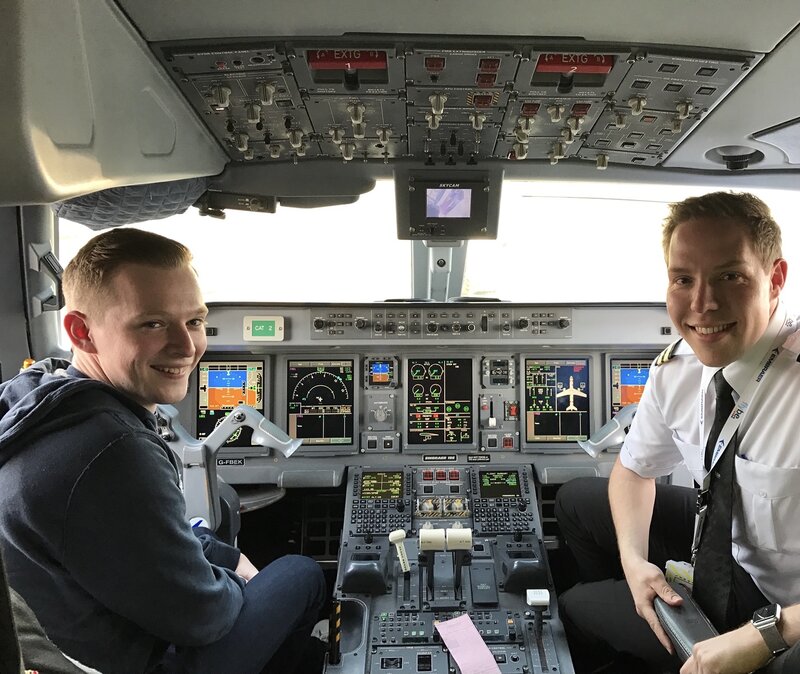When I was little, I played football for my primary school in North London.
Once, during a tournament in 1984, our mixed team was disqualified after getting through to the semi-finals. The girls were told to “go and find a girls’ team”. I remember being really put out. Back then, I wanted to be Charlie Nicholas, a professional footballer, a star. Arsenal Women didn’t exist yet so I was stumped, thus ending what could have been an illustrious and ground-breaking football career.
Things have changed. Now I’m at the largest women’s football conference, which kicked off on International Women’s Day at the National Football Museum in Manchester, bringing the history and heritage of the women’s game to the North. Academics, artists and journalists from around the world came together to share their research and knowledge of women’s football. This is when I realise that my parents and I should have looked harder for a girls’ team – or just started one. Or perhaps I should have done the same as a nine-year-old Rachel Yankey OBE when she shaved her head and played for a boys’ team (as ‘Ray’ for two years before being found out).
The packed two-day programme includes a broad range of subjects. Professor Jennifer Doyle talks about Art History and Women’s Football, analysing how women footballers have been represented by artists. There are also niche areas like women’s football in 1863 South America, detailed by Professor Matthew Brown, showing how far the women’s game has come, as well as the areas that still need to be improved.
 An archivist from The British Library took us through the difficulties of archiving women’s football on the web. Then, on the second day, Dr Sine Agergaard covered minority athletes and their choice of national team, and freelance writer Shireen Ahmed looked forwards to France 2019 and footballers in hijabs. All of this is a real joy for me and I feel incredibly lucky to attend. If there was a Venn diagram of my interests, this would have a massive crossover – only missing out food and drink.
An archivist from The British Library took us through the difficulties of archiving women’s football on the web. Then, on the second day, Dr Sine Agergaard covered minority athletes and their choice of national team, and freelance writer Shireen Ahmed looked forwards to France 2019 and footballers in hijabs. All of this is a real joy for me and I feel incredibly lucky to attend. If there was a Venn diagram of my interests, this would have a massive crossover – only missing out food and drink.
In this room, I’m a wide-eyed novice rather than what I am to most of my friends: a sports bore. To some people, the stats, graphs and tables being shown would be dull, but I’m hoping we get onto a third day. My sports obsession isn’t my fault. I was the first child of a sports-mad father who didn’t let his short-lived disappointment of me popping out as a girl get in his way of imparting his love of competitive sports. We watched football (him Spurs, me Arsenal), cricket (West Indies, of course) snooker (Alex Higgins), athletics (Carl Lewis) and even wrestling (Big Daddy rules, ok?). And we sometimes watched Ski Sunday when there was nothing else on. My dad, a bus driver for London Transport, was on the Holloway Bus Garage’s cricket team and we went as a family to watch him in matches. Picture, if you will, London Transport allowing a bus to be taken out on a Sunday for its staff to travel around London to enable the cricket team to play other bus garages. My dad also played football in Highbury, and I often tagged along when no babysitter could be found.
 As the women’s football conference is in Manchester, I can’t finish without special mention to the two big Manc clubs. Mirroring the men’s team, in terms of female players Manchester City has made great strides recently with serious investment and acquiring star players from other clubs. The other Manchester team, in contrast, disbanded its women’s team in 2005. To put that in context, FC United, formed when the Glaziers took over Manchester Utd, have, with their limited resources, established a women’s team.
As the women’s football conference is in Manchester, I can’t finish without special mention to the two big Manc clubs. Mirroring the men’s team, in terms of female players Manchester City has made great strides recently with serious investment and acquiring star players from other clubs. The other Manchester team, in contrast, disbanded its women’s team in 2005. To put that in context, FC United, formed when the Glaziers took over Manchester Utd, have, with their limited resources, established a women’s team.











